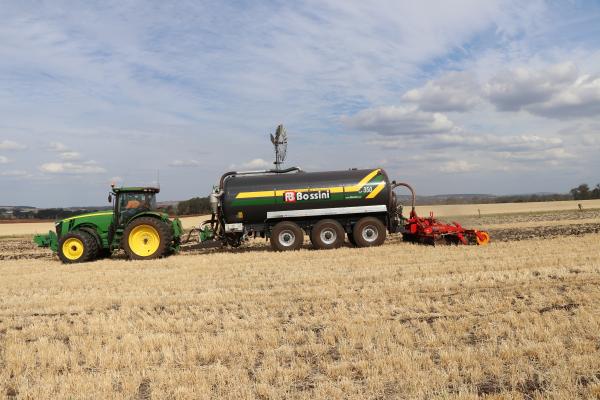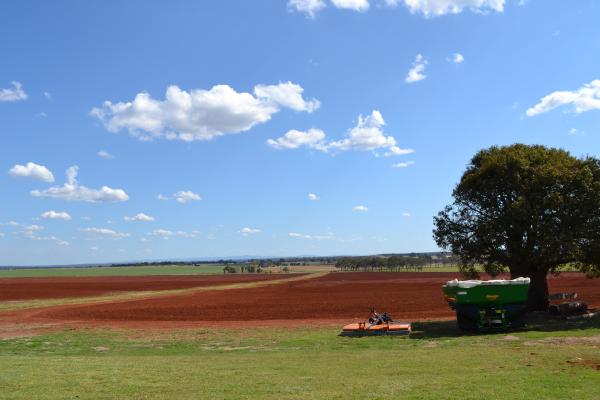
What do pig producers have an excess of? Slurry.
The odour of slurry can be unpleasant, and there can be an excess amount of it, so the Young family in Wooroolin set out to find the best solution to this problem.
Mark Young is a third-generation farmer in Wooroolin, following in the footsteps of his father and grandfather before him, with his grandfather having purchased the property in 1919.
Over the years, many different crops and animals were grown and raised on the farm, but the focus is now on peanuts, mung beans, corn, wheat, barley and, of course, pigs.
“When I was younger, I got a job at the Belgrave piggery, where they would spread the slurry on pasture,“ Mark said.
“They got 100 5×4 bales on just 10 acres. I was blown away and knew we needed to improve our productivity on the Young farm.“
The Young family set out to do just that.
Initially, they were putting it out through irrigation on small areas; then, with a small hired tanker, they increased the area, being able to spread 15,000 litres of slurry on pasture or cultivation per hour – but still, they could not keep up with the pigs.
“We had to figure out a way to be more productive and spread more slurry, as well as till it into the soil for better results,” Mark said.
Mark and his daughter Jacqueline went to Germany to Agritechnica, a trade fair spread over 320,000 square meters of floor space, alongside Carl Rackemann from Ozvalue Ag.
Over the 5 days that the group were in Germany, they searched for a manufacturer that would not only suit the Australian conditions, but also find someone who found the Australian market suitable for them.
Bossini, a family owned company from Carpenedolo in Italy, was the match they were looking for.
Professor Mike Bell from UQ Gatton says that tilling slurry into the soil is not the complete solution, but it will nevertheless be very successful.
“Deep placement of nutrients is specific for the climate and soil you’re in, and machinery like this is what you should be using,” Professor Bell said.
The Bossini tanker has heavy linkage on the rear to attach implements so that the slurry does not simply sit on top of the soil, but gets tilled into the ground.
“This is a great investment to improve our soil quality,” Mark said.







